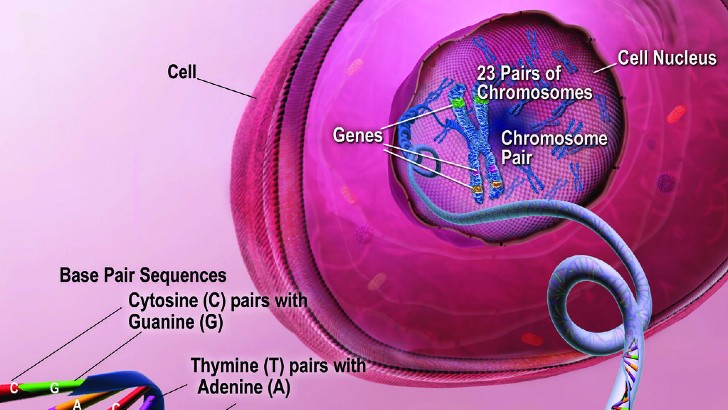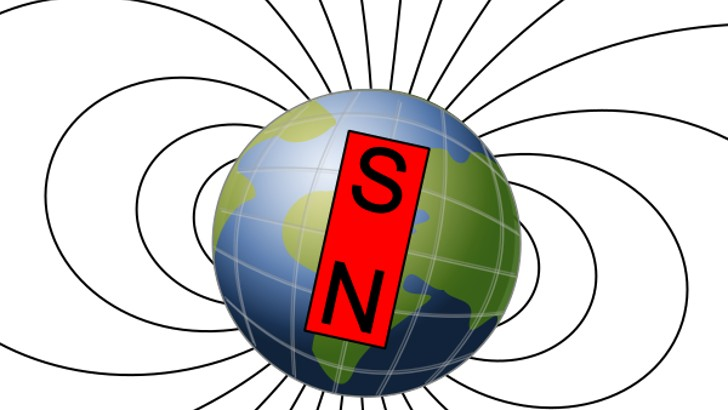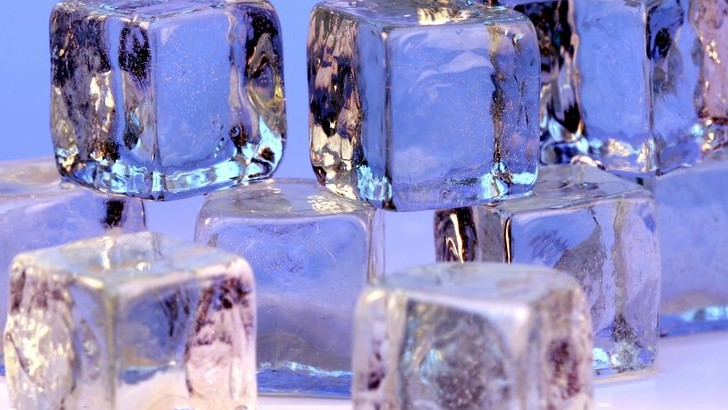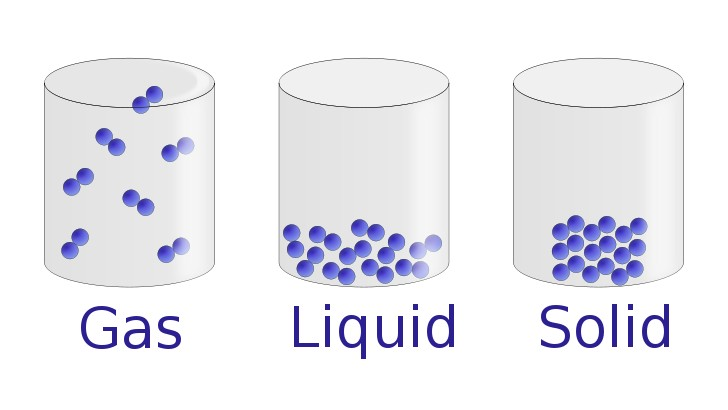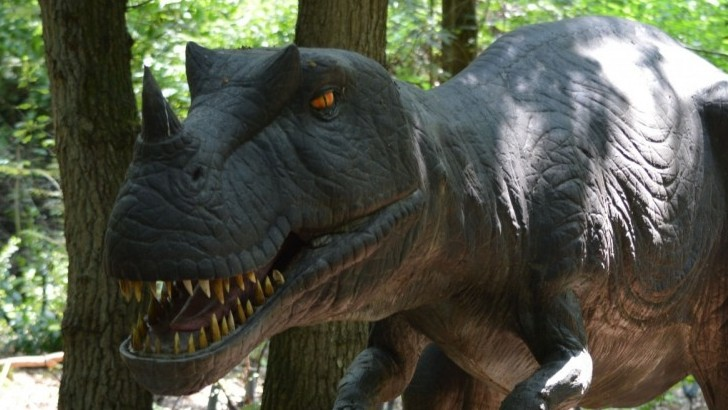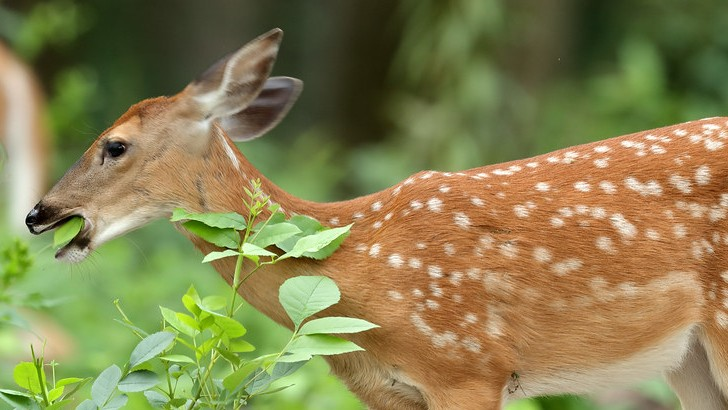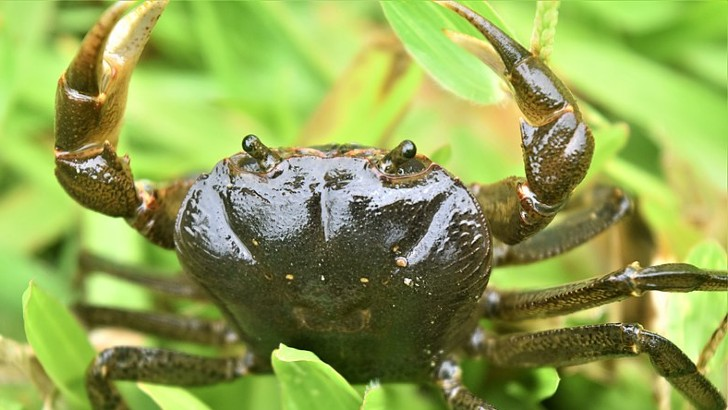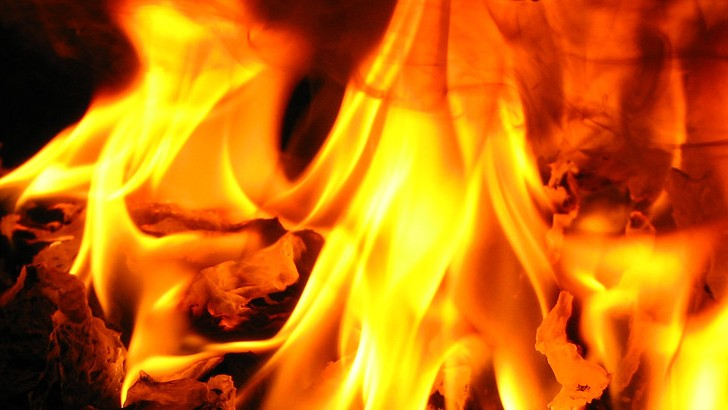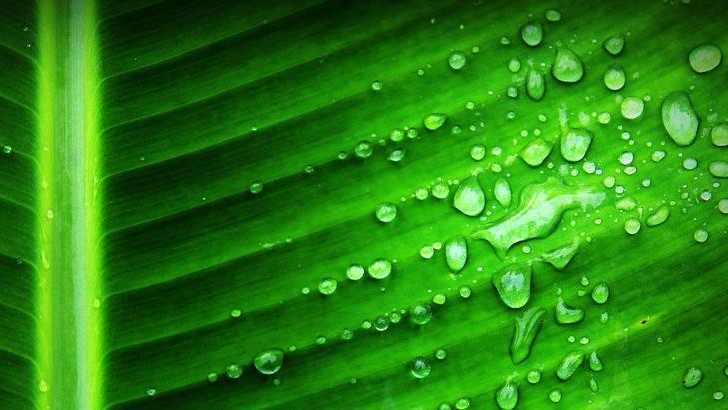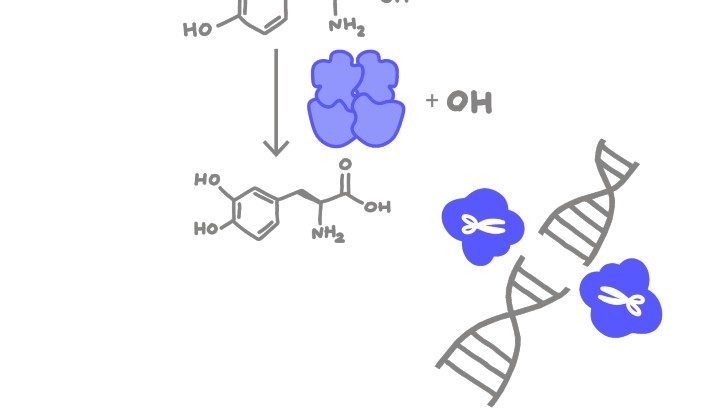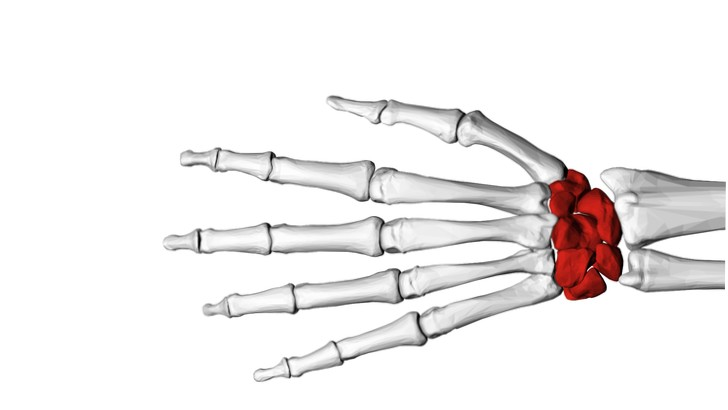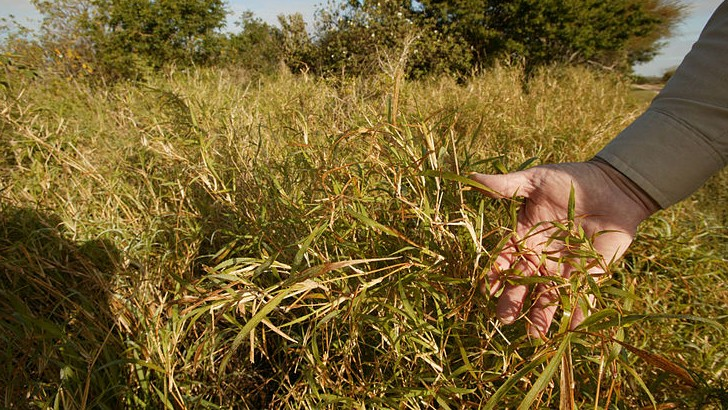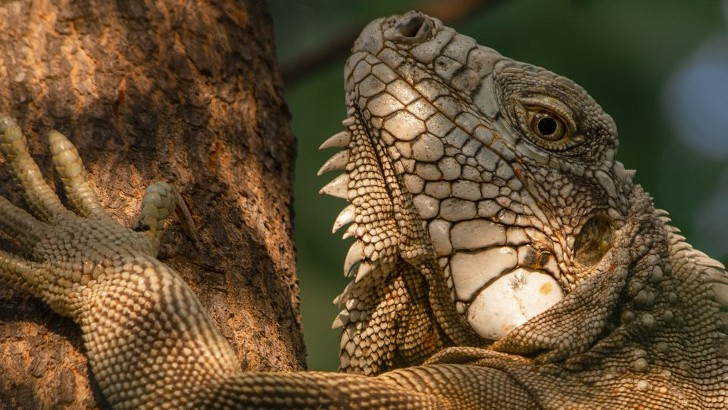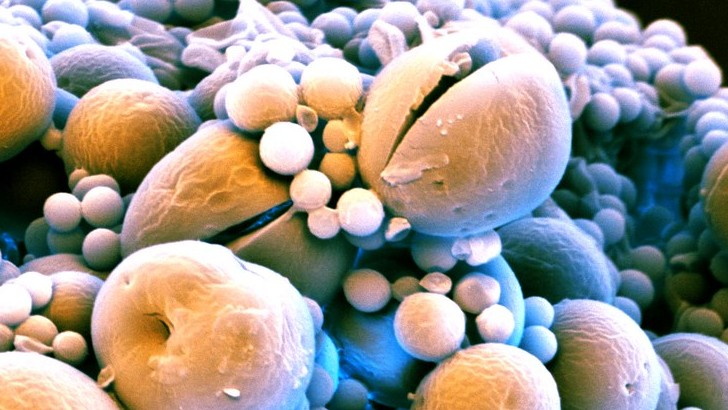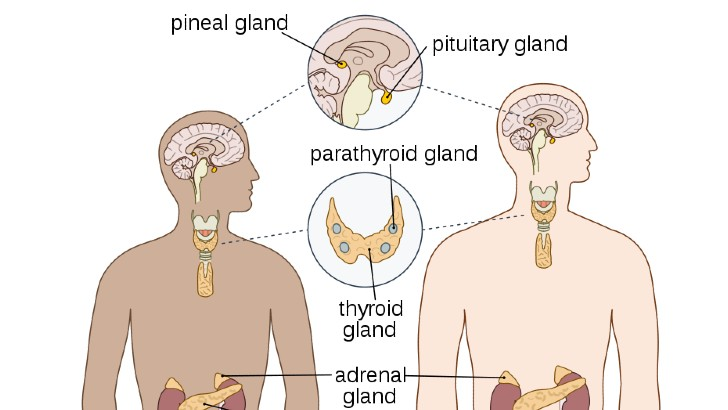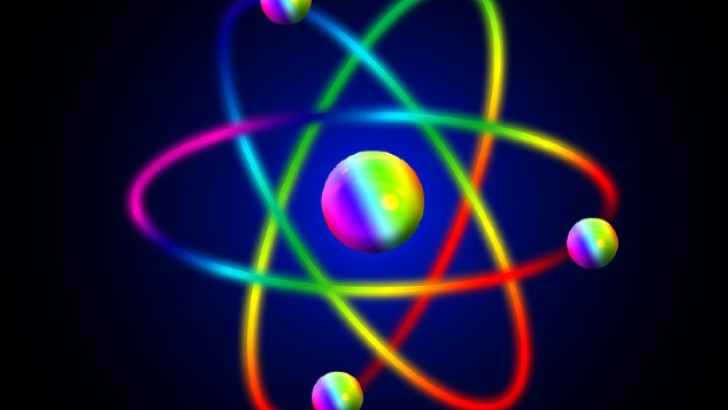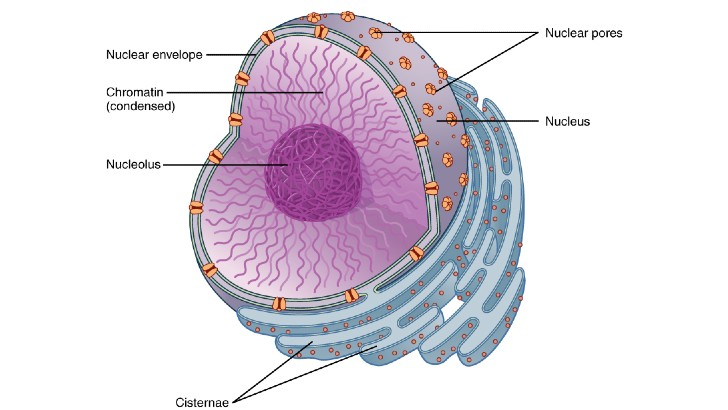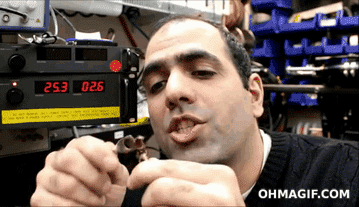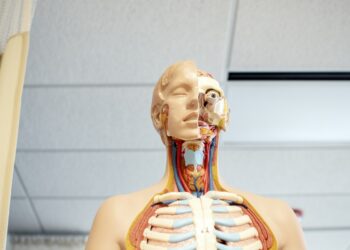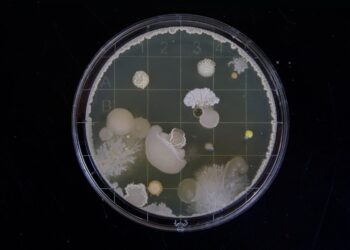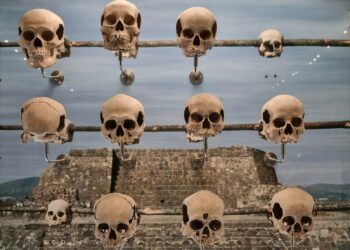Would you like to learn more about science? This quiz is perfect for you.
A Ferris wheel is an example of a kind of simple machine. What is it?
Wheel and axle
A Ferris wheel consists of a rotating upright wheel with passenger-carrying components attached to a rim in a way that when the wheel turns, the passenger-carrying components remain upright.
What is the study of heredity called?
Genetics
Genetics is a scientific study of genes, heredity, and how heritable traits are transmitted from parents to offspring as a result of changes in the DNA sequence.
What are the regions where the magnetic force exerted by the magnet is the strongest?
Magnetic poles
The magnetic pole is the area at each end of the magnet where magnetic forces are concentrated and strongest. It produces flux, but no magnetic circulation; thus, it may also be called a flux source.
When water is frozen into ice, what state of matter is it?
Solid
When water freezes, its molecules move farther apart; thus making it lighter than the same volume of water.
It is anything that has mass and takes up space.
Matter
The matter is anything that has mass and volume. Mass refers to a quantitive property of matter and volume simply refers to the space an object takes up.
What is the process in which a group of organisms died out? It is the complete disappearance of species on earth.
Extinction
Extinction is an evolutive process that leads to the disappearance of a species or population. It occurs when environmental change occurs faster than plants and animals can adapt to it.
What is the type of organism that eats only plants?
Herbivore
A herbivore is an organism that gets its energy from eating plants. Examples of herbivores are deer, koalas, zebra, cow, and buffalo.
What is the rise and fall of sea levels caused by the effects of gravitational forces exerted by the Moon and Sun?
Tides
In 1687, Sir Isaac Newton gave the correct explanation of tides and how the gravitational pull of the sun and moon affects the oceans of the earth.
Animals without a backbone are called?
Invertebrates
Animals that lack a vertebral column or backbone are called invertebrates. Examples of invertebrates are lobsters, crabs, insects, spiders, squid, and clams.
What is the process in which carbon is released through the atmosphere from factories, cars, and homes?
Combustion
Combustion is another word for burning. It is a chemical reaction in which a substance reacts rapidly with oxygen and gives off heat.
What is the natural compound present in plants that give off their green color?
Chlorophyll
Chlorophyll helps absorb energy from the sun as it undergoes the process of photosynthesis. It is a pigment that gives plants their green color.
Enzymes
Enzymes act as catalysts in living organisms. It regulates the rate at which chemical reactions are processed without being altered in the process. All living organisms have enzymes.
Carpus
Our wrist is a complex joint that is a collection of multiple bones and joints. It bridges our hand to our forearm.
When a species enters an environment where it has not lived before, it is called?
Invasive species
Invasive species are also called alien species, introduced species, or exotic species. They cause ecological or economic harm in a new environment where it is not native.
What is the process in which a plant or animal species becomes fitted to its environment?
Adaptation
Adaptation is the physical or behavioral characteristics of an organism that helps them to survive better in the surrounding environment. These are normally functional traits that have been maintained through evolution and natural selection.
What is a small cell that grows into a new plant?
Spore
Spores are cells capable of developing into a new plant without another cell. These are commonly found in fungi and seed plants.
What is the role of the endocrine system?
It pumps blood to the heart.
It helps digest food and convert it into energy.
It releases different hormones to target specific functions of your body.
It releases different hormones to target specific functions of your body.
The endocrine system is comprised of eight major glands. These glands make hormones that travel to the bloodstream, tissues, and organs, and affect the process of growth and development. Our hormones also affect our mood and sexual function.
What is the general principle or set of principles that explain facts or events of the natural world?
Theory
A theory is an attempt to explain why and also to prove to understand. It is a set of accepted beliefs or organized principles that explain and guide analysis.
What are the fundamental units of the brain and nervous system?
Neutron
Neurons (also called neurones or nerve cells) are the fundamental units of the brain and nervous system, the cells responsible for receiving sensory input from the external world, for sending motor commands to our muscles, and for transforming and relaying the electrical signals at every step in between.
What is the brain of the cell?
Nucleus
The nucleus contains the cell’s chromosomes. It controls and regulates the activities of the cell such as its growth and metabolism. A nucleus also carries genes and hereditary information.
Sad. You are not a Science fan.
Great. You passed the science quiz.
Perfect. You are a Science addict!
[giveaway id=12098]

